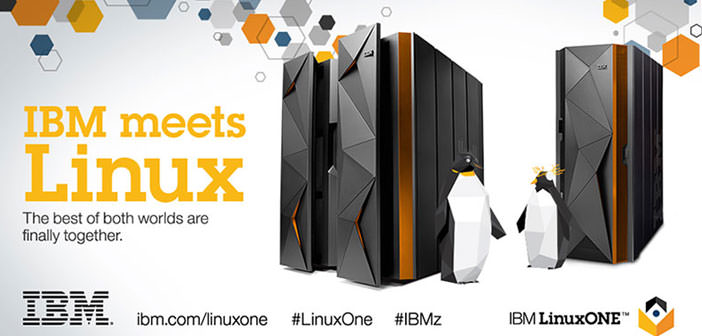IBM introduces the new LinuxONE Emperor II, mainframes with Linux
New mainframes from IBM, which renews its offer dedicated to those who want a mainframe but prefer Linux as an operating system. The new LinuxONE Emperor II have up to 170 cores and 32 TB of RAM.
LinuxONE is called the IBM initiative to bring Linux to mainframes. Started in 2015, this initiative evolves with a new family member: the IBM LinuxONE Emperor II.
The new LinuxONE Emperor II follows the announcement of the mainframes z14 and continues the commitment of IBM to support the union between the mainframe and Linux. LinuxONE is the Big Blue initiative to use the operating system of the Penguin (from which the name of the mainframe descends: the reference is to the emperor penguin) also on mainframes.
On the LinuxONE Emperor II there are up to 170 cores (equivalent to 1000 cores x86, according to IBM), up to 32 TB of physical memory, up to 640 processors dedicated exclusively to the management of the I/O and the verification of the integrity of the data, and the ability to perform garbage collection in real-time Java applications without affecting the execution of the software.
A performance measure of the LinuxONE Emperor II IBM can come from the data provided by IBM itself: the system is able to manage up to 30 billion requests from the Web per day, up to two million Docker containers and MongoDB instances up to 17 TB.
The LinuxONE Emperor II has the Secure Service Container technology, which allows you to manage the requests in a more secure way by setting up the System Appliance already integrated with the system and exploiting its security features.
IBM claims that the Total Cost of Ownership (TCO) of the LinuxONE platform is 65% lower than equivalent x86 solutions. This also happens thanks to a passage in several epochal ways: payment according to the ” pay per use ” model, which helps to keep the world of mainframes with the cloud competitive – along with other initiatives.
Additional information is available on the dedicated page on the IBM website.

